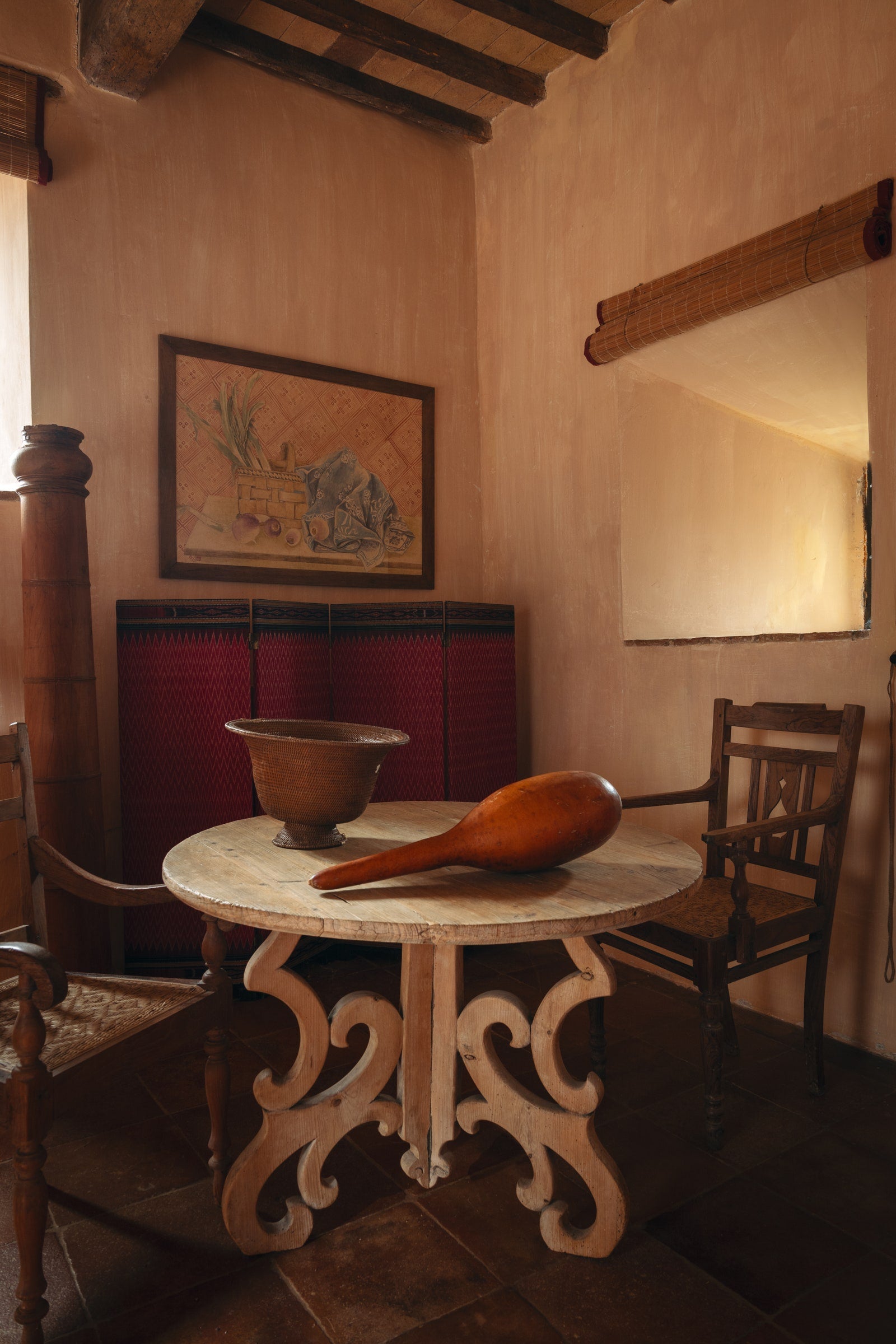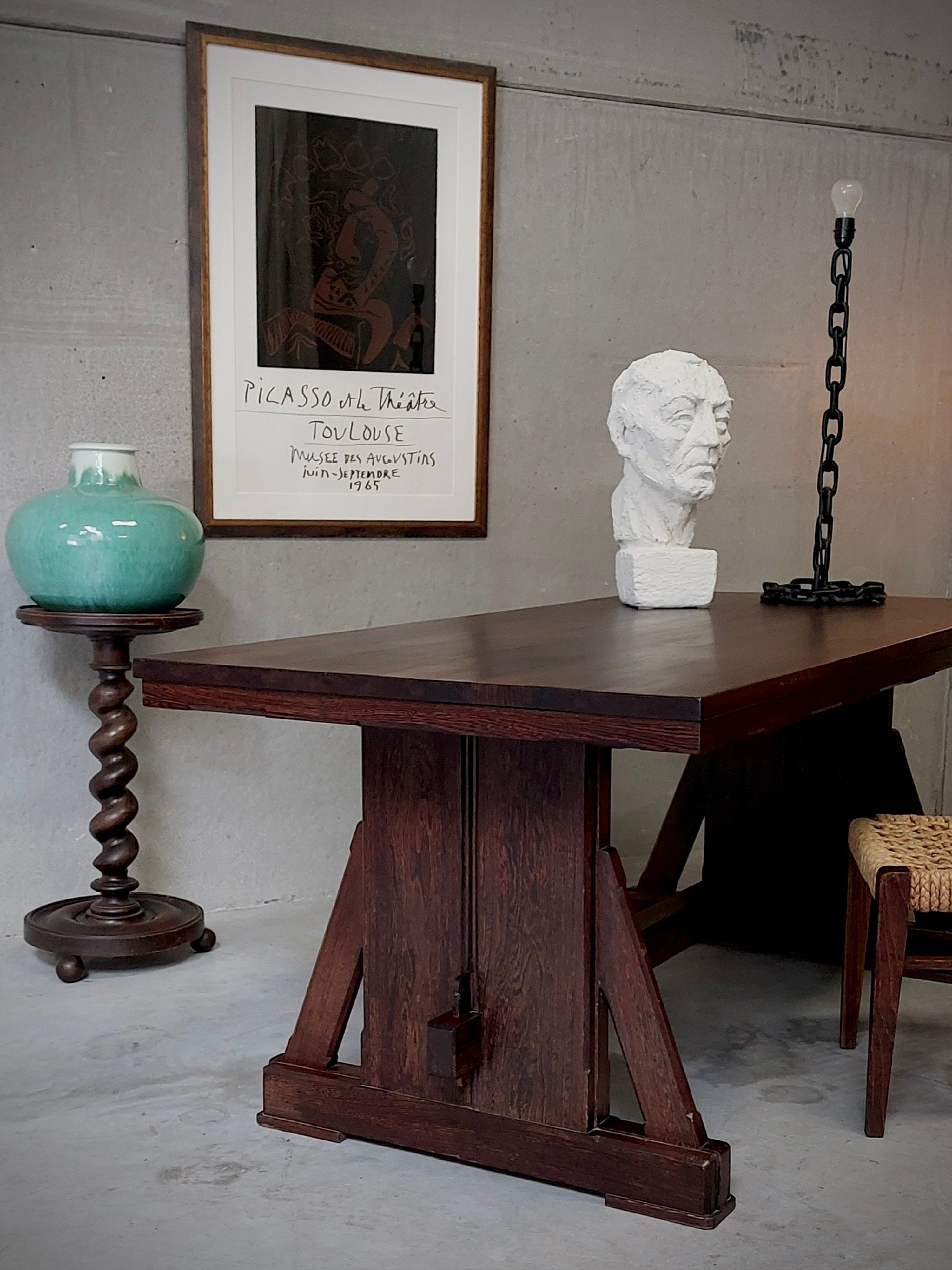Finders Keepers
Featured in Cabana Magazine, my story of discovering an 18th-century trompe-l’œil armoire reflects the timeless artistry and stories they hold.

I recently had the pleasure of sharing with Cabana Magazine the story behind one of my most cherished finds—a magnificent trompe-l’œil armoire I couldn’t part with. Dating from the 18th century, the piece features a painted view of a Palladian villa, reminiscent of Villa Barbaro in Veneto, as if seen through a window. The scene opens onto a formal garden with a fountain, framed by the grand architecture of the villa in the distance.
On my buying trips, I often begin in England. It was during one such trip that I visited a trusted dealer’s shop in the countryside. While browsing, I struck up a conversation with the shop assistant, who revealed that there was a special piece in the dealer’s home—a recent acquisition meant for his wife. Intrigued, I was discreetly ushered into their home, where I encountered the armoire.
It stood tall and imposing, far too large for the modest space it occupied. As I admired its artistry, I turned to find the dealer’s wife standing behind me, arms crossed, clearly wondering why a stranger was eyeing her armoire. I quickly expressed my admiration, made a gracious exit, and continued my trip, heading to Paris.
Days later, I received an unexpected call. The dealer informed me that he and his wife could no longer keep the armoire. Though I gasped at the price, I didn’t hesitate to purchase it—not only because of my love for its beauty but also for what it represents.
The Italian Renaissance, which flourished from the 14th to the 17th centuries, marked the transition from the Middle Ages to modernity. It was a period of cultural revival, with a renewed interest in classical antiquity and the development of humanism. The movement celebrated reason, individualism, and the pursuit of knowledge—values that resonate deeply with me as a collector.
Over decades of sourcing antiques, my own version of a grand tour has been driven by a quest for pieces with unique stories and meaning. This armoire embodies that journey, symbolizing not just my passion for design but also the essence of the Renaissance itself: a reverence for history, artistry, and innovation.
It stood tall and imposing, far too large for the modest space it occupied. As I admired its artistry, I turned to find the dealer’s wife standing behind me, arms crossed, clearly wondering why a stranger was eyeing her armoire. I quickly expressed my admiration, made a gracious exit, and continued my trip, heading to Paris.
Days later, I received an unexpected call. The dealer informed me that he and his wife could no longer keep the armoire. Though I gasped at the price, I didn’t hesitate to purchase it—not only because of my love for its beauty but also for what it represents.
The Italian Renaissance, which flourished from the 14th to the 17th centuries, marked the transition from the Middle Ages to modernity. It was a period of cultural revival, with a renewed interest in classical antiquity and the development of humanism. The movement celebrated reason, individualism, and the pursuit of knowledge—values that resonate deeply with me as a collector.
Over decades of sourcing antiques, my own version of a grand tour has been driven by a quest for pieces with unique stories and meaning. This armoire embodies that journey, symbolizing not just my passion for design but also the essence of the Renaissance itself: a reverence for history, artistry, and innovation.

Photography by Anna Michelle Dusatko, as seen in Cabana Magazine.


